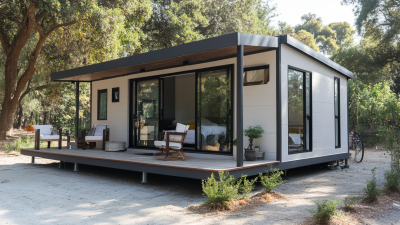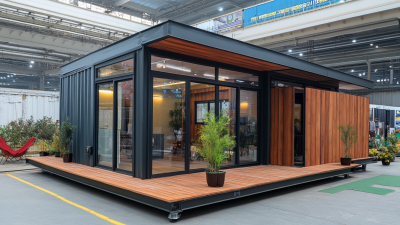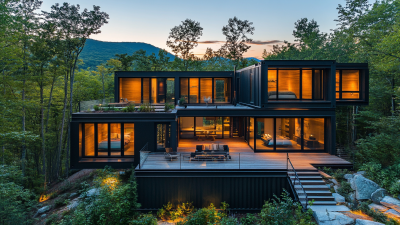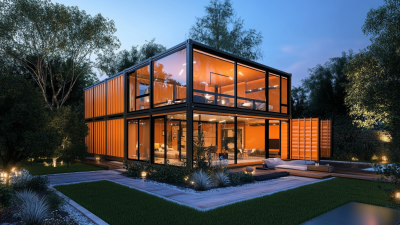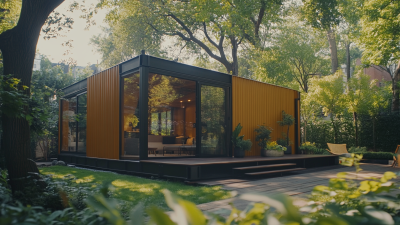In recent years, the trend of seeking cozy getaways has spurred interest in innovative housing solutions, particularly in the form of Prefab Tiny Cabins. According to a 2023 market analysis report by the Tiny Home Industry Association, the prefab housing market is projected to grow by 27% per year, reflecting a growing desire for affordable, sustainable living options. These compact structures not only offer a minimalist lifestyle but also align with the increasing emphasis on environmental sustainability, as they typically require fewer materials and energy to build compared to traditional homes. As more individuals prioritize experiences over possessions, the appeal of Prefab Tiny Cabins as a retreat from the hustle and bustle of daily life has never been stronger. This blog will explore seven of the best prefab tiny cabins that can transform your dream getaway into a reality, providing an ideal balance of comfort, style, and eco-friendliness.
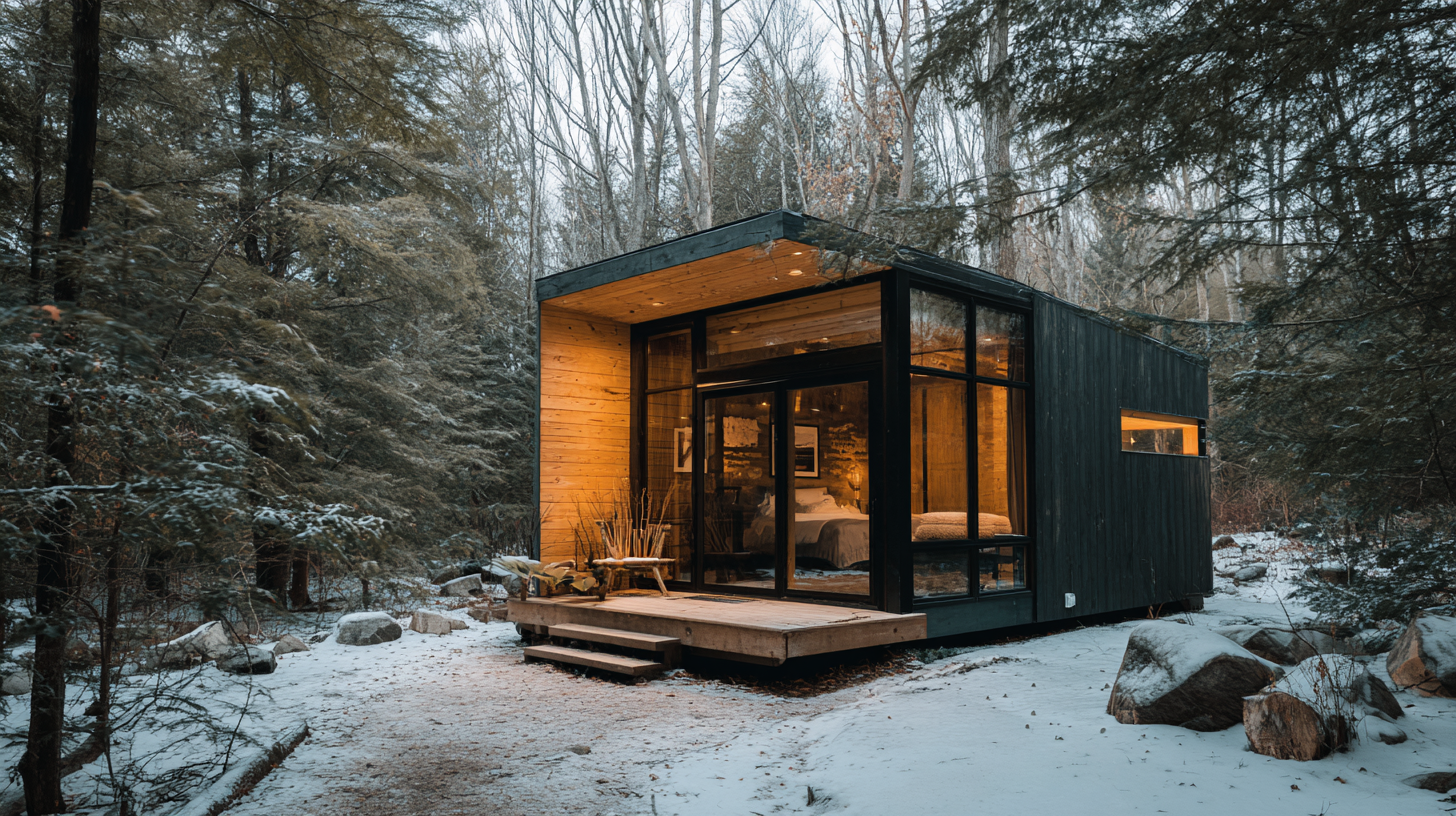
The popularity of prefab tiny cabins has surged in recent years, driven by a growing interest in minimalist living and sustainable architecture. According to a report from the Tiny Home Industry Association, the tiny home market is now valued at approximately $1 billion and is expected to grow by 5% annually. This rise reflects not only a desire for affordable housing solutions but also an increasing awareness of environmental impacts.
Prefab tiny cabins, offering efficiency and eco-friendliness, have become an attractive option for those seeking a cozy retreat.
Moreover, statistics show that more than half of tiny home owners dedicate their structures to vacation rentals, generating significant income potential. Platforms like Airbnb have seen a notable increase in listings for such unique stays, as travelers seek out personalized experiences over traditional accommodation. In fact, a survey by HomeAdvisor revealed that 30% of respondents are considering investing in a tiny home for vacation purposes. This trend illustrates how prefab tiny cabins merge the desire for adventure with smart investment, making them an appealing choice in the current real estate landscape.
When choosing the perfect prefab tiny cabin for your cozy getaway, it's essential to consider key features that enhance both comfort and functionality. According to a recent report by the Tiny House Society, 68% of tiny cabin owners prioritize energy efficiency, making it a standout feature. Insulated walls, energy-efficient windows, and sustainable building materials significantly reduce utility costs while providing a harmonious living space with nature.
Additionally, space optimization is crucial in tiny cabins. Creative storage solutions—such as under-bed drawers and multifunctional furniture—allow you to maximize limited square footage. The National Association of Home Builders highlights that 75% of tiny home enthusiasts prefer open floor plans to create an airy feel, thus heightening the sense of spaciousness. Emphasizing natural light through large windows or skylights further amplifies this effect, making the cabin a delightful retreat.
**Tip:** When selecting a tiny cabin, consider models that offer customizable layouts. This can ensure your cabin fits not only your aesthetic preferences but also your practical needs, ensuring a personalized retreat that truly feels like home.
In recent years, the demand for eco-friendly materials in prefab tiny cabins has surged, reflecting a broader trend toward sustainability in the construction industry. According to a report by the Global Eco-Friendly Products Market, the market is projected to grow at a CAGR of 6.5% from 2021 to 2028, suggesting an increasing interest in sustainable building options.
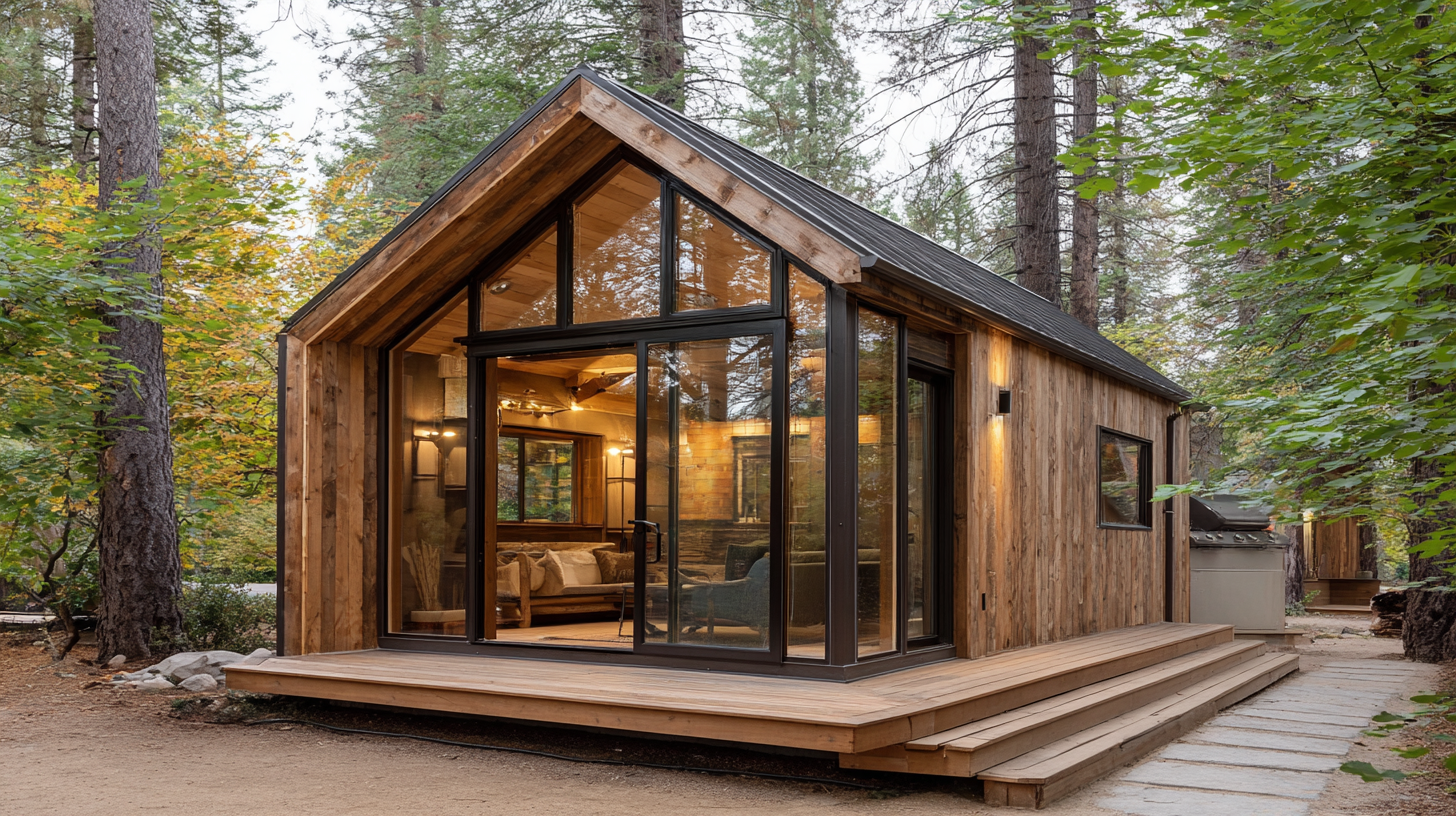 Prefab cabins often utilize recycled materials, such as reclaimed wood and repurposed steel, which not only reduce waste but also offer aesthetic and structural benefits. By embracing these materials, builders can significantly lower their carbon footprint while enhancing the durability of their structures.
Prefab cabins often utilize recycled materials, such as reclaimed wood and repurposed steel, which not only reduce waste but also offer aesthetic and structural benefits. By embracing these materials, builders can significantly lower their carbon footprint while enhancing the durability of their structures.
Another facet of sustainability in prefab cabin design is energy efficiency. The U.S. Department of Energy reports that buildings account for 40% of the total energy consumed in the country, emphasizing the need for efficient designs. Prefab tiny cabins often incorporate advanced insulation materials, energy-efficient windows, and sustainable energy sources like solar panels. A study by the National Renewable Energy Laboratory indicates that homes designed with energy-efficient strategies can reduce energy consumption by up to 50%. As environmental awareness continues to rise, prefab tiny cabins equipped with these innovative features are emerging as attractive options for eco-conscious individuals seeking a cozy yet sustainable getaway.
When considering a prefab tiny cabin for your cozy getaway, understanding the pricing breakdown is essential. According to the National Association of Home Builders (NAHB), the average cost of a prefab tiny cabin ranges from $20,000 to over $70,000, depending on the size, materials, and customizations. Factors such as insulation quality and sustainability features can significantly impact the final price. For instance, opting for eco-friendly materials might increase initial costs, but could lead to long-term savings on energy bills.
Furthermore, additional expenses should be factored in. A survey conducted by Market Watch indicates that buyers often overlook site preparation and utility connections, which can add another $10,000 to $30,000 to the overall budget. Financing options are also evolving, with more lenders offering specialized loans for prefab constructions, often with interest rates slightly below that of traditional homes. Understanding these costs and the potential for investment returns is crucial when planning your perfect tiny cabin getaway.
When designing a cozy retreat in a prefab tiny cabin, maximizing small spaces through thoughtful interior design is crucial. According to a 2021 study by the National Small Home Association, tiny homes have surged in popularity, with over 70% of owners emphasizing the importance of efficient use of space. This trend highlights the necessity of incorporating multifunctional furniture, such as convertible sofas and nesting tables, that can adapt to various needs throughout the day.
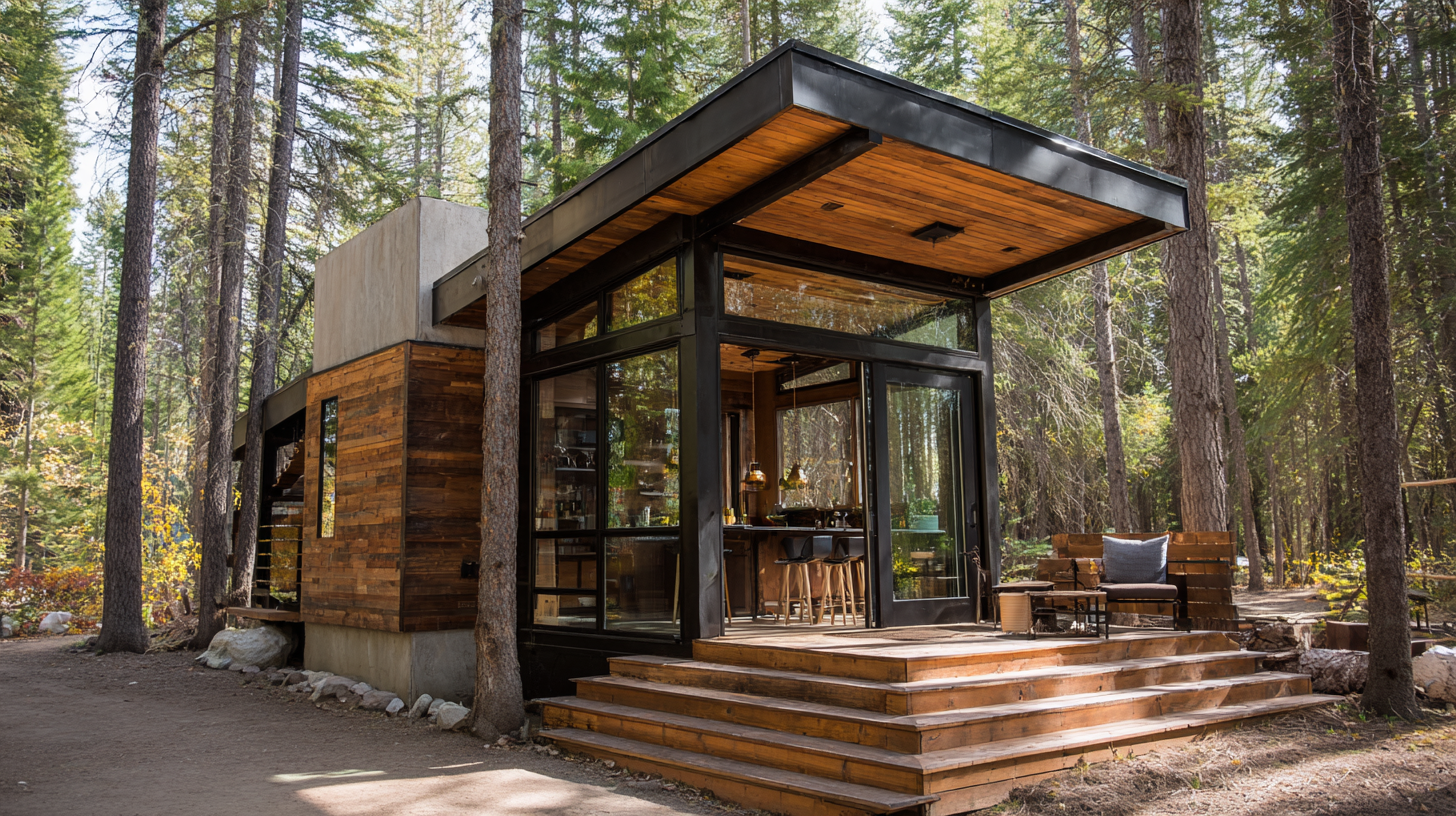
In addition to furniture selection, color schemes play a significant role in making small spaces feel larger and more inviting. The same study indicates that using lighter colors can increase the perception of space by reflecting natural light. Therefore, opting for soft pastels or neutral palettes can not only enhance your tiny cabin's aesthetic but also create a warm, inviting atmosphere. Incorporating vertical storage solutions, such as wall-mounted shelves, can further help to declutter and keep essential items within reach without consuming floor space, maintaining the cozy essence of your cabin retreat.
